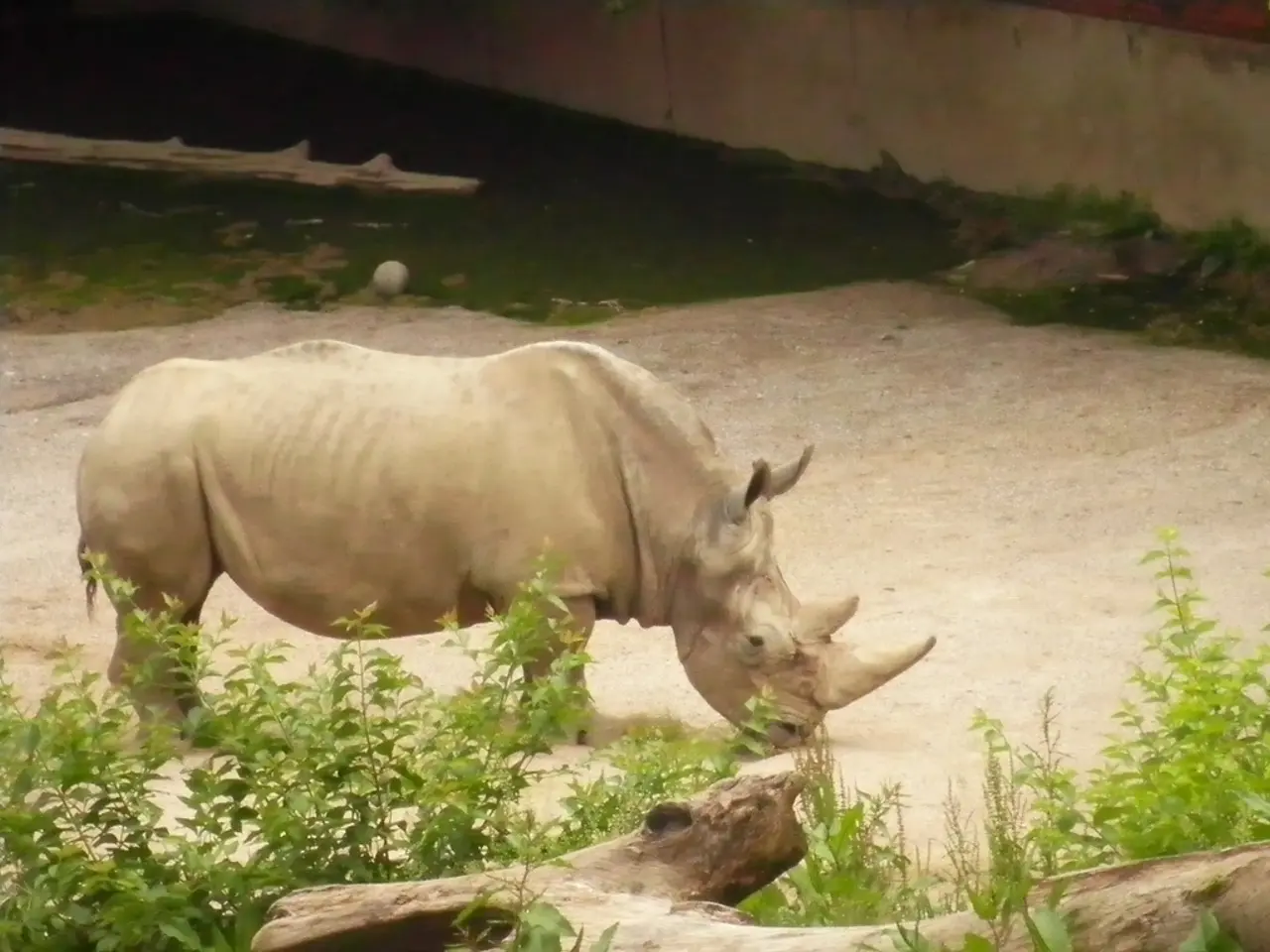Resurrecting Extinct Species: Examining the Ethical and Ecological Ramifications of Artificial Recreation
In the realm of scientific innovation, the concept of de-extinction has captured the imagination of many. The potential to revive species long thought lost to time, such as the Woolly Mammoth, Thylacine, Dodo, Passenger Pigeon, and Northern White Rhino, presents a tantalising opportunity to restore biodiversity and aid conservation efforts. However, this technological leap forward is not without its complexities and challenges.
Ecological Implications
The reintroduction of extinct species into ecosystems could have far-reaching ecological consequences. While these creatures could help restore ancient ecosystems by filling lost ecological niches, their niches might have been filled or significantly changed in the interim. This could result in the revived animals becoming invasive, disrupting current species, or even spreading new diseases. The ecological outcomes are difficult to predict and require rigorous long-term ecological modeling and monitoring to avoid unintended harm.
Ethical Implications
Ethical concerns surrounding de-extinction are manifold. One question is whether it is justified to allocate limited conservation resources towards extinct species when there are endangered species facing imminent extinction. There are also concerns about the welfare of resurrected animals, given our limited understanding of their natural behaviours, diets, or environmental requirements. This lack of knowledge could potentially lead to poor quality of life or failure to thrive for these creatures.
Furthermore, some argue that there is a moral obligation to revive species that humans drove extinct. However, this remains a topic of debate. Ethical responsibility demands humane treatment and meaningful survival chances for revived species.
Legal Implications
Currently, there are no comprehensive international or even many national regulations specifically governing de-extinction research. Experts suggest the need for regulation, particularly for private sector or entrepreneurial projects, to manage risks and ethical concerns. Without regulation, there is a risk of uncoordinated efforts that may cause ecological or ethical harms. Legal frameworks would ideally address species protection laws, biosafety, ecological impacts, and animal welfare.
Specific Species Examples
- The Woolly Mammoth, prominent in de-extinction discussions, presents ecological hopes for tundra restoration but also risks of ecosystem disruption.
- The Thylacine, or Tasmanian Tiger, faces challenges such as habitat suitability and potential conflicts with current wildlife.
- The original habitats of the Dodo and Passenger Pigeon have changed drastically, making reintroduction risky due to disease transmission or competition with extant species.
- De-extinction efforts for the critically endangered Northern White Rhino could support species with reduced populations, potentially aiding genetic diversity and conservation.
In conclusion, while de-extinction offers promising technological advances, it must be balanced with ethical considerations, ecological prudence, and comprehensive legal oversight to ensure positive outcomes. The future of de-extinction opens up a Pandora's box of ethical, environmental, and legal questions as scientists get closer to bringing back species once thought lost forever. It is crucial that the conversation around de-extinction expands beyond the lab and into public discourse, ensuring that innovation is balanced with responsibility.
References: 1. De-extinction: Conserving Lost Biodiversity 2. De-extinction: Science, Ethics, and Politics 3. De-extinction: The Science, Ethics, and Politics of Resurrecting Lost Species 4. Regulating De-extinction: A Global Perspective
- The potential for de-extinction to influence climate change is a subject of ongoing research in environmental science, as the reintroduction of species could impact carbon cycles and ecosystem processes.
- Advances in medical-conditions treatment may be necessary to successfully de-extinct some species, particularly those with complex physiological requirements, such as the Woolly Mammoth and the Thylacine.
- The field of de-extinction raises questions about the cooperation between science, technology, and environmental conservation, as well as the ethical implications of engineering a species' resurrection.
- Developing comprehensive regulations on de-extinction is essential in the realm of environmental-science, considering the possible unintended consequences on wildlife, ecosystems, and the broader environment.




